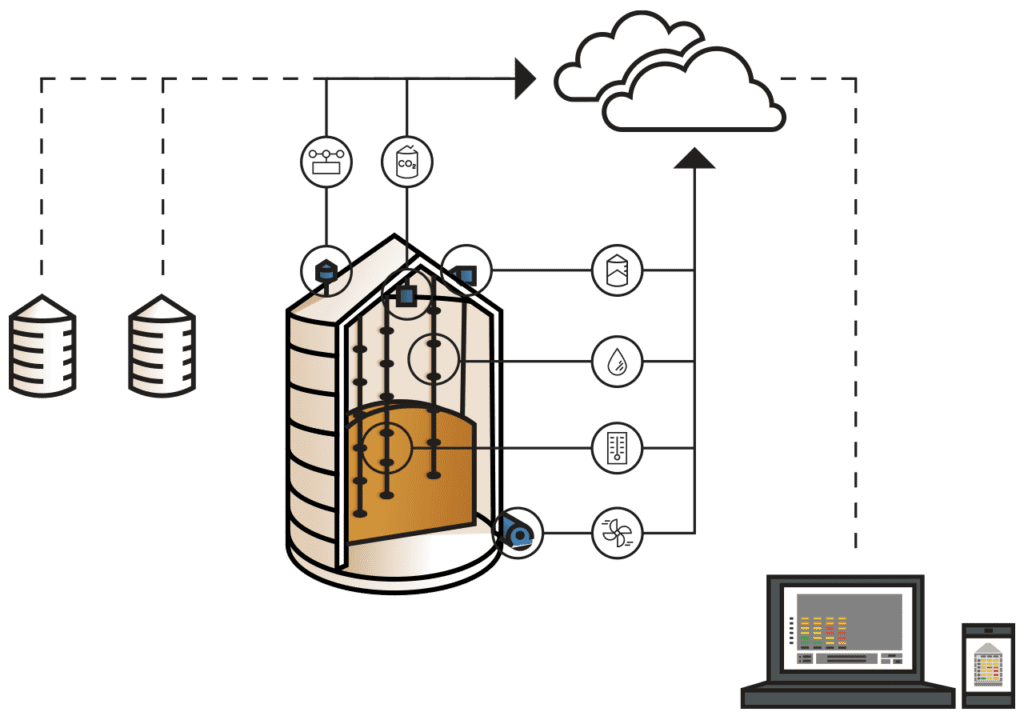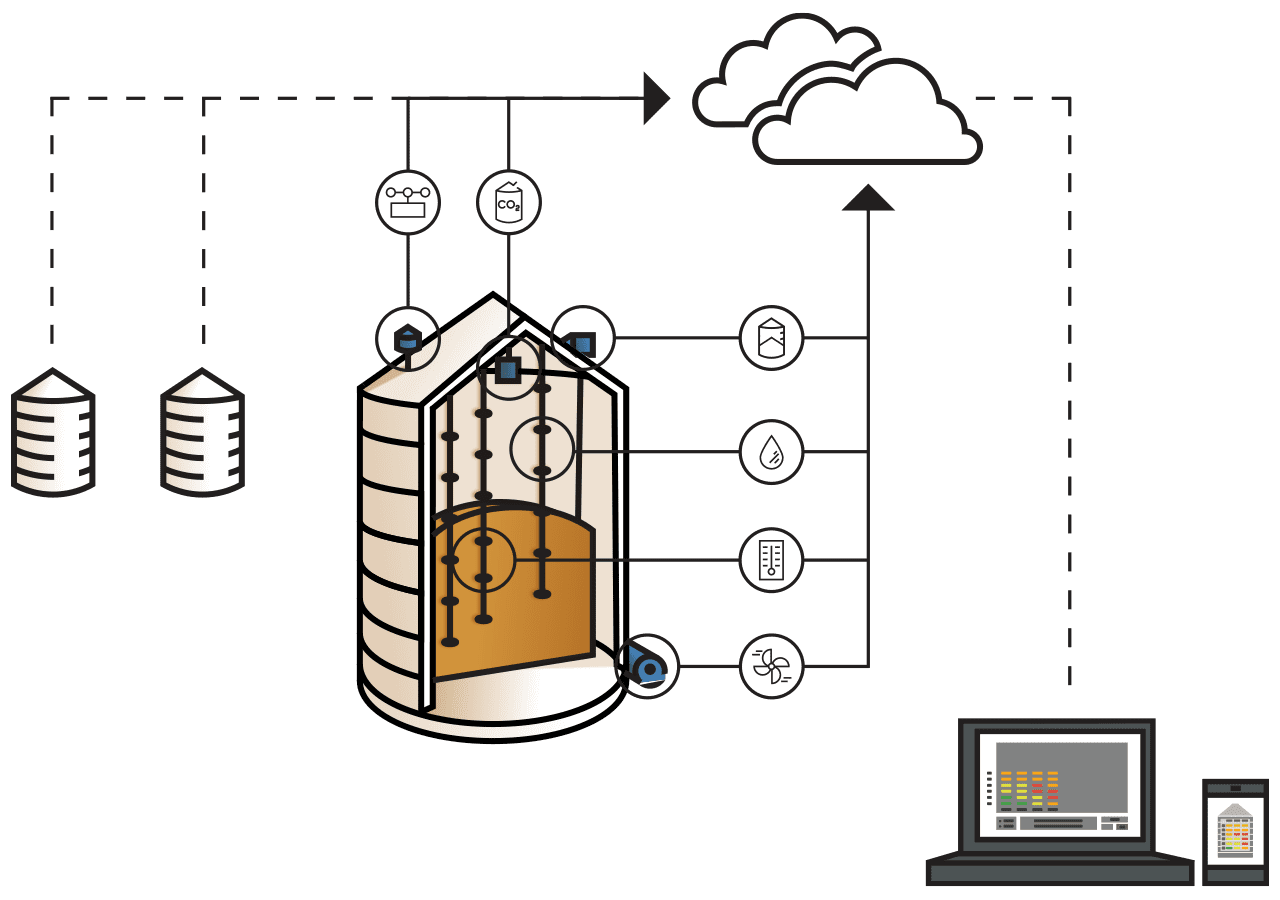During the USDA’s 97th Annual Agricultural Outlook Forum that took place in the last week of February, “Connectivity in Rural America” was the focus. Three virtual presentations centered on the importance of rural internet were followed by a panel discussion. Presenters and panelists highlighted the issues rural America is facing to attain and expand high-speed internet in their areas. Innovative solutions were then laid out to combat these issues effectively. If precision farming is the future, then rural areas need access to broadband internet, and now.
Two Major Issues Impact Rural Internet
There are two primary issues that are impacting farmers securing high-speed broadband internet. The first is inaccurate mapping, and the second is high costs.
According to Director of Community Broadband Initiative for Joint Venture Silicon Valley, Mo Shakouri, accurate mapping is essential. During his presentation Shakouri showed FCC mapping alongside mapping completed by local authorities for Georgia state, the results were troubling. The mapping the state officials provided showed that the federal maps overlooked half of the homes without broadband service. High-speed internet cannot be expanded in rural areas without accurate mapping.
The second issue plaguing the expansion of rural internet is the high cost of a few of the technologies. One example of this is SpaceX Starlink, a company spearheaded by Elon Musk which uses satellite technology to receive high-speed internet. Unfortunately, this option is a bit more expensive for people living in rural communities than those living in urban areas. Additionally, the entire system will slow down when more people are added. The only option that has functionality for rural internet are fiber optic cables in collaboration with 5G technologies.
Rural Internet Needs Fiber Optic Cables
Fiber optic cables that are buried in the ground are used to run high-speed internet to rural areas. There are some places which have these cables while others do not. This has created a two-tier service model in several regions of rural America. According to Shakouri, increasing the use of fiber optic cables in rural areas is imperative. It is the “backbone technology” to which various other wireless technologies will run from. Trying to run fiber optics to each home would be too costly.
Director of Technology Policy for the Massachusetts Institute of Technology (MIT), Taylor Reynolds agrees with Shakouri. He also believes fiber is the backbone for which all other wireless technologies need to function. Reynolds provided a current model that is used in some of Boston’s counties. They invested in a “fiber ring” that travels through the county in a loop. Local services then provide fixed wireless internet that will flow from the existing fiber optic structure.
The fastest way to expand rural internet would be by enlisting local governments. When road construction projects are needed these governments could have the companies bury fiber as well. Reynolds suggests incentivizing these construction companies into doing this by offering them access to the fiber for a fee. This would allow them to recoup their costs incurred from burying the fiber into the ground. Burying fiber is expensive, state governments and local municipalities will play an essential role in bringing broadband internet to rural communities.
How Accurate Mapping and Investments Can Help Rural America Get Internet
As mentioned earlier in this article, accurate mapping is an essential piece to providing rural internet. Local authorities showed the blind spots of FCC mapping and instead of denying these results they’ve taken accountability and action. To improve broadband data collection, they’ve required fixed broadband providers to present greater granular electronic coverage maps. This will lead to more accurate broadband mapping and improved targeting of federal resources.
The main factor in determining how rapidly rural internet is provided will come down to public and private partnerships. This requires a combination of government incentive and assistance as well as private ventures. To date there are a few partnerships that are already helping bring broadband internet to rural areas. One program provided by the USDA is the ReConnect Program. It invested $698 million dollars to deliver high-speed internet to rural communities in thirty-three states. A second round of the program was approved and announced by the USDA in April of 2020.
As far as private investment is concerned, research has shown “it can have a $21 billion” impact on the economy. This impact will be beneficial for both urban and rural communities due to increased need of construction workers to create the broadband structures. It will also create job opportunities for managing and maintaining the facilities that are built.
A Final Thought: Precision Agriculture Needs Broadband Internet
Broadband internet in rural areas increases the effectiveness of precision agriculture tools that are already available and on the market. Broadband internet is a key component to real-time data collection and remote sensor monitoring. One example of this is remote grain monitoring sensors. They do the work of monitoring your stored grain, so you don’t have to. Without internet access farmers would be incapable of remotely reading the data these sensors produce.
Ask us about options here, live chat with us here, or call us at 1 800 438 8367.
Follow us on Facebook where we discuss a variety of farming topics, including rural internet, grain temperature monitoring and Smart Farming.



